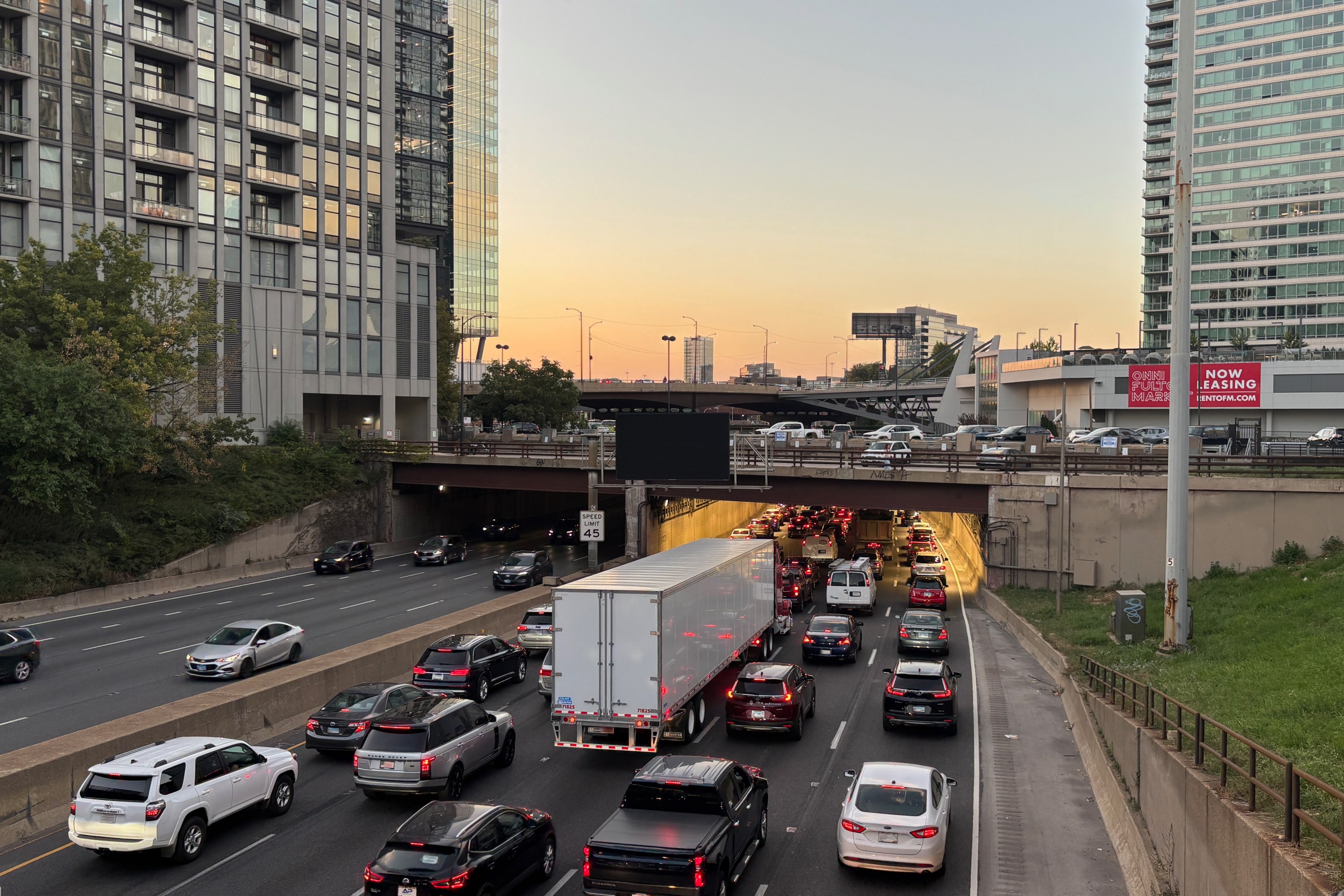News dropped earlier this week that the number of people dying in motor vehicles across the country went down slightly during the first half of 2022 — but don't start celebrating.
During the first six months of this year, an estimated 20,175 people died in motor vehicle traffic crashes in the United States and Puerto Rico — an increase of about just 0.5 percent compared to the 20,070 people who died during the same period in 2021, according to the National Highway Traffic Safety Administration, and the highest number of fatalities during the first half of the year since 2006.
Still, the feds touted a decline during the second quarter of this year, from April to June, when 10,590 were killed in crashes, which is 545 fewer than the 11,135 that died during the same three months last year, or a decrease of 4.9 percent.
The preliminary data also shows that vehicle miles traveled in the first half of 2022 increased by about 43.2 billion miles, or 2.8 percent from the same time period last year, according to the NHTSA report.
Some media outlets are calling that a success, saying it’s the first decline in fatalities after increases every quarter since July 2020 — but even Transportation Secretary Pete Buttigieg wasn't cheering the news.
"Traffic deaths appear to be declining for the first time since 2020, but they are still at high levels that call for urgent and sustained action," said Buttigieg. "These deaths are preventable, not inevitable, and we should act accordingly. Safety is our guiding mission at the Department of Transportation, and we will redouble our efforts to reduce the tragic number of deaths on our nation’s roads."
Here are four more reasons not to get too excited about the slightly-smaller death toll.
We Don’t Know the Fatality Breakdown by Mode — and Pedestrian Deaths May Still Be On the Rise
Sure, the most recent numbers show a small decline in the number of people killed in motor vehicle crashes, but those stats don’t tell us who is being killed or how.
That's because he 10,590 people killed in 2Q22 includes both vehicle occupants and non-occupants — meaning that pedestrians, bikers, drivers, their passengers and passengers in other cars are all collapsed into one.
The NHTSA does break down fatality totals by mode, but typically only in its year-end report, not by quarter. And pedestrian deaths have been rising since the last decade; they shot up 13 percent in 2021, according to the NHTSA, in part because vehicles are being built larger and safer for the people inside them, but not outside, as Streetsblog has reported.
These Totals Are Still Sky High
Transportation officials shouldn’t go patting themselves on the back too quickly before looking at how this year’s numbers stack up compared to years past.
The year-to-date 2022 totals still include way more people dying in crashes on roads across America than in any year since 2011, according to the NHTSA’s own numbers.
Last year, a whopping 42,915 people died in motor vehicle collisions — over 10 percent more than the 38,824 people who died in 2020, 16 percent more than the 36,835 that died in 2018, and a massive 32 percent more than the 32,479 that died in 2011.
We’re Still Building Infrastructure that Kills
The $1.2-trillion Infrastructure Investment and Jobs Act signed by President Biden last year allocates significantly more money for roads ($110 billion) than transit ($39 billion), which paves the way for maintaining auto-dominated cities.
Advocates warn that the billions of federal dollars could end up being spent on building and expanding highways — not the safety improvements our cities urgently need.
The infrastructure bill passed last Friday and it invests heavily in continuing many of the same problems it aims to repair. This new illustration for T4America by visual artist Jean Wei sums it up: If you’re in a hole, stop digging. pic.twitter.com/lRaAhvp38s
— Transportation for America (@T4America) November 8, 2021
Deaths are still up in many regions
While second quarter fatalities are slightly down nationwide, some regions and states are experiencing problematic trends.
In the NHTSA’s own report, 29 states — more than half — are projected to have increases in fatalities this year compared to last.
In Maine, New Hampshire, and Colorado, for example, the number of fatalities in the first half of this year rose in each state by more than 20 percent — and in Alaska, by more than 50 percent.






